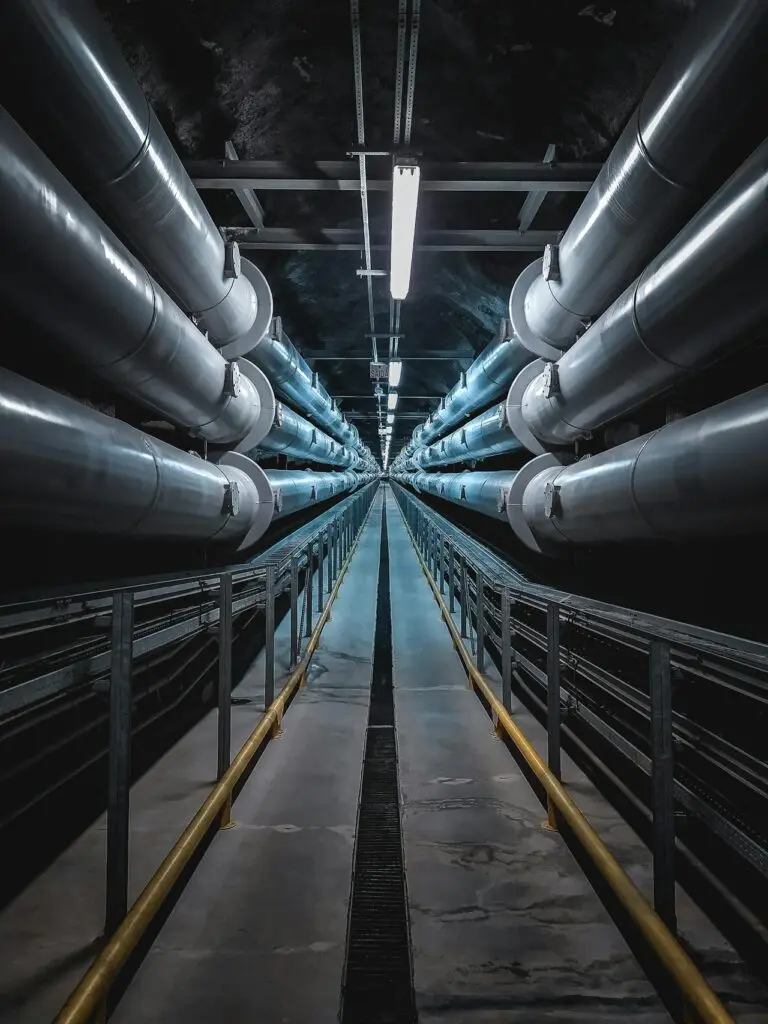Constructing an off-grid log cabin appeals to those seeking a sustainable and self-sufficient lifestyle away from urban infrastructure. While immensely rewarding, the process demands thorough planning and a solid understanding of legal, construction, and environmental factors. This comprehensive guide covers everything you need—from navigating zoning laws and securing permits to essential building tips and setting up reliable off-grid utilities—to help you successfully build your off-grid cabin anywhere in the U.S.
Legal and Zoning Considerations
Adhering to local laws and regulations is vital when building an off-grid cabin. Key factors include:
Zoning Laws: Zoning regulations control land use and often designate areas as residential, agricultural, or commercial. Some zoning ordinances may restrict off-grid cabin construction in remote locations or require minimum setbacks from roads and property boundaries. To ensure compliance, consult your county’s planning department or use online Geographic Information System (GIS) tools for current zoning data. Rural zones typically offer more flexibility, but regulations can vary widely, so confirming compliance helps avoid legal issues or costly modifications.
Building Codes: Building codes ensure safety, health, and energy efficiency standards are met, covering areas like insulation, ventilation, and waste management. States such as Colorado and California enforce strict codes requiring off-grid structures to comply, including systems like composting toilets and rainwater harvesting. Conversely, states like Indiana may offer exemptions—such as the “Log Cabin Rule”—allowing log homes to bypass some requirements if structural safety is maintained.
Permits and Inspections: Typically, building permits are mandatory for off-grid homes, with additional permits often needed for electrical setups, plumbing, and septic systems. Permit submissions generally require detailed building plans and inspections at various construction stages. Failure to comply can result in fines or enforced reconstruction. Water and septic permits vary significantly by locality, so it’s essential to research regional requirements in advance.
Water Rights and Environmental Compliance: Water access is regulated in many states, including California and Minnesota, where permits are required for well drilling or significant surface water use. Environmental rules may govern greywater recycling, waste treatment, and restrict construction in sensitive habitats to protect natural ecosystems.
Planning Your Cabin Design and Layout
Cabin Layout: Designing an off-grid log cabin prioritizes minimalism and efficiency. Smaller floor plans reduce material costs and energy demand. Incorporate large south-facing windows to optimize passive solar heating during colder months. Utilize multi-purpose rooms and loft spaces to maximize usable area within compact dimensions.
Energy-Efficient Design: Enhance comfort and sustainability by implementing top-tier insulation and thorough weatherproofing. Choose eco-friendly materials such as reclaimed wood and recycled insulation to lower environmental impact and improve your cabin’s longevity and thermal performance.
Foundation and Log Wall Construction
Foundation Options: In remote off-grid locations, pier foundations or concrete slabs are popular choices for their stability and cost-effectiveness. Pier foundations consist of concrete footings supporting vertical posts, ideal for uneven terrain and simple installation.
Building Log Walls: Select logs with a minimum diameter of 10 inches that are well-seasoned to minimize shrinkage. Common log-fitting techniques include the saddle notch—which locks logs securely and provides a classic rustic appearance—and the butt-and-pass method, which employs rebar reinforcement for added strength. Your choice should align with your building skills and available materials, as these methods directly affect structural integrity.
Installing a Roof and Insulation
Roof Design: Durable roofs such as gable or A-frame styles efficiently shed snow and rain, crucial for remote cabins. Metal roofing is highly recommended due to its longevity, fire resistance, and low maintenance.
Insulation and Chinking: Effective insulation using natural materials like sheep’s wool, hemp, or eco-friendly spray foam ensures year-round comfort. Chinking—sealing gaps between logs—is vital to prevent drafts and improve thermal efficiency. Proper insulation reduces heating and cooling needs, which is especially important in off-grid settings relying on limited energy sources.
Setting Up Off-Grid Utilities
Water Supply: Rainwater harvesting is a common off-grid water solution, capturing roof runoff via gutters into storage tanks. Filtration systems—such as UV sterilizers or carbon filters—are essential to ensure potable water. Alternatively, drilled wells can supply water but often require professional installation and permits, especially in states with stringent water rights laws.
Energy Sources: Solar power remains the leading renewable energy source for off-grid cabins, providing dependable, clean electricity for lighting and appliances. Depending on location and resources, wind turbines and micro-hydroelectric systems offer supplemental or alternative power options. High-quality battery banks are crucial for storing energy and ensuring consistent power during periods of low sunlight or wind.
Waste Management: Composting toilets sustainably handle human waste with minimal water use and environmental impact, but installation must meet local health codes. Greywater systems recycle used water from sinks and showers for irrigation, often requiring filtration to comply with environmental standards.
Furnishing and Safety Considerations
Eco-Friendly Interior Design: Furnish your cabin with reclaimed or repurposed materials to emphasize sustainability and reduce environmental impact. Opt for multifunctional furniture—such as foldable tables, storage beds, or convertible seating—to maximize space efficiency in limited areas.
Safety Preparations: Remote cabins benefit from thorough safety planning. Equip your home with first-aid kits, fire extinguishers, and smoke detectors. Maintain backup heating sources like propane or wood stoves for emergency warmth during extreme weather or power outages.
Building an off-grid cabin is a challenging yet deeply fulfilling project. With diligent planning, adherence to legal requirements, and environmentally conscious design, you can create a comfortable, energy-efficient home that allows you to live sustainably and independently surrounded by nature’s tranquility. Prioritizing resource stewardship and practical construction techniques lays the foundation for a resilient off-grid lifestyle that endures for years to come.
For further information on similar topics, if you want to learn about “Explore How Truck Size Matters In Australia While Moving Homes,” please explore our “Real Estate” Category.
Expanding your knowledge about off-grid living involves understanding innovations in renewable energy, sustainable building materials, and water conservation technologies. Recent advancements in solar panel efficiency and affordable lithium-ion battery storage have made off-grid power systems more accessible and reliable than ever. Integrating smart home technology tailored for off-grid cabins can optimize energy usage and improve safety. Additionally, advances in eco-friendly insulation and modular construction techniques can streamline building while reducing environmental impact. Staying updated on these trends ensures that your off-grid cabin is not only self-sufficient but also aligned with the latest sustainable living standards.



